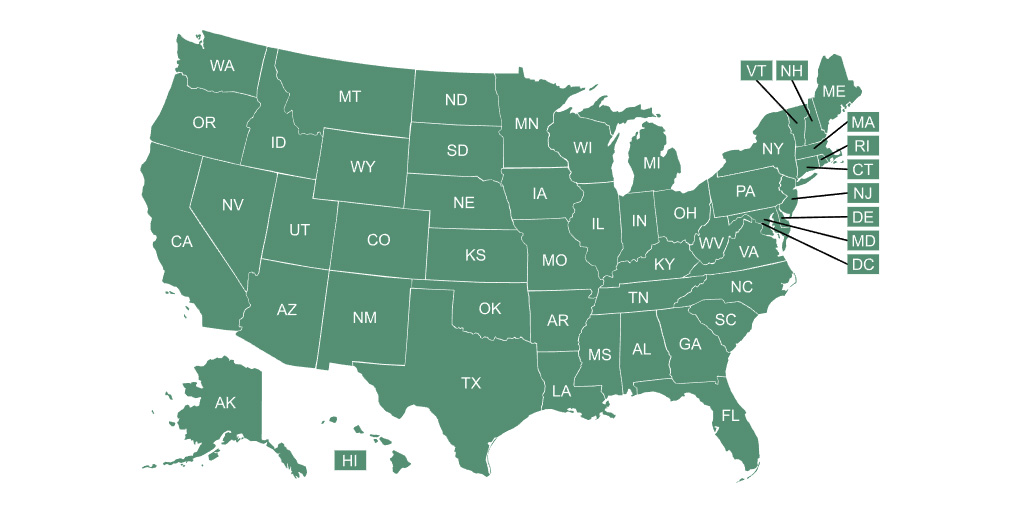- Joined
- Sep 1, 2009
- Messages
- 10,295
We have about 12 weeks to decide on Medicare coverage for DH. This was not expected as we thought he could just stay on his plan through his employer and only swap when he retired. With his employment there ended, I am setting up COBRA and found that his coverage with that will end the first day of the month he turns 65. (I will still be covered on COBRA). Now I am scrambling trying to make heads and tails of the different options. Part A, Part B, and various supplemental. Is there a good resource with all of the options well laid out? Any advice, experience, or whatever welcome too. Neither of us knows much about this so any information is appreciated!





300x240.png)